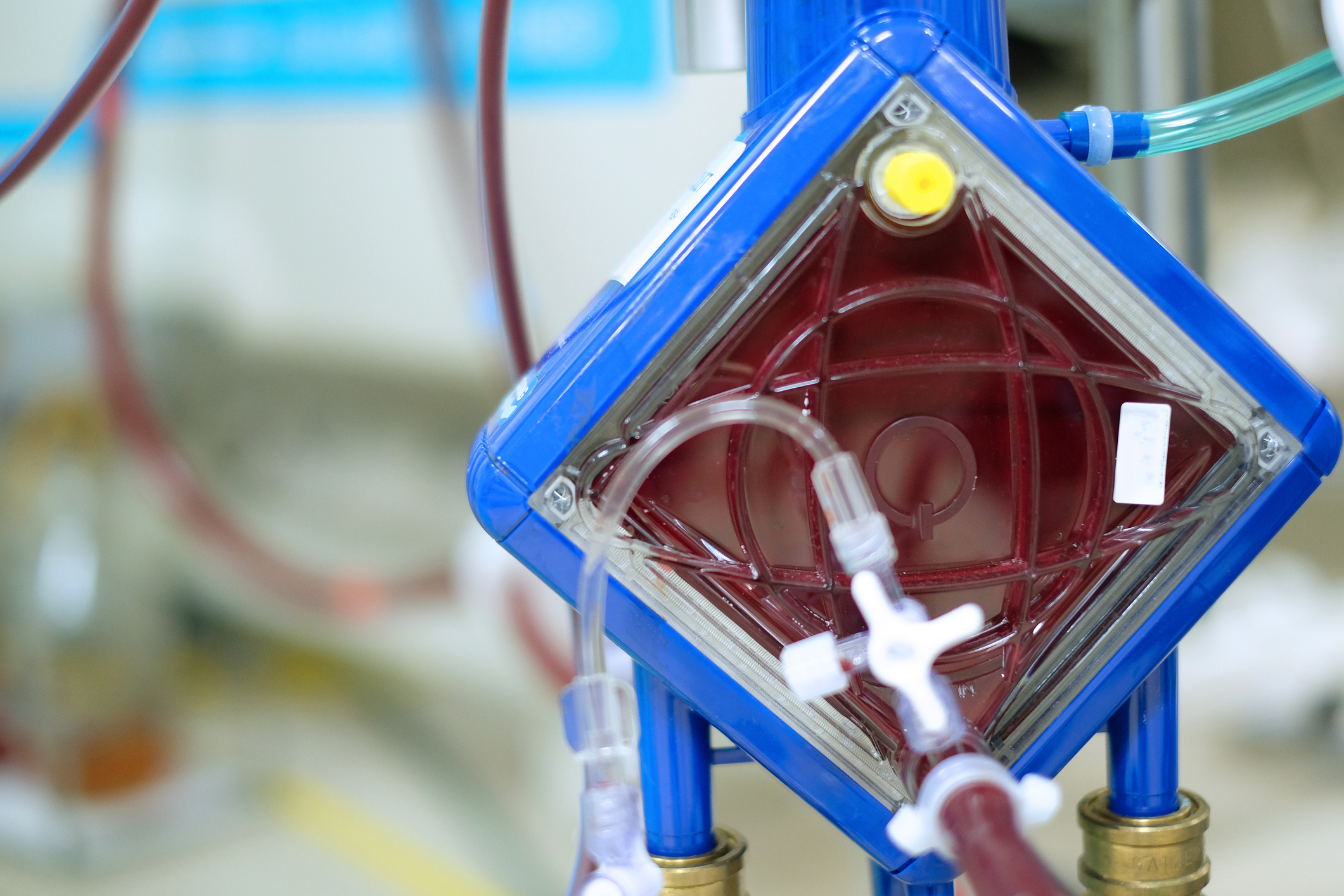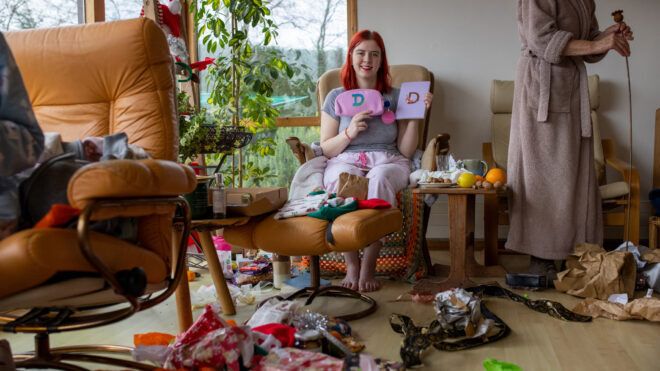
Having a new baby is a major life adjustment. Once our little one (or ones) get here, we work on nurturing that tiny human who dictates the course of all things. But a new mom also needs to pay attention to her health as she heals from childbirth.
The first week after their daughter was born via C-section, Antiganee Cain-Francis, 32, and her husband, Shaquelle, were adjusting to their baby Aella’s schedule and to breastfeeding. Antiganee told Today that the week was “as great as it could be with a newborn. We were just getting used to our routine and her habits.”
Things started to go sideways as the weekend rolled around. The public school teacher remembers watching some reality TV before checking on her baby. When she did, she felt electric shock sensations through her body and suddenly could not see or hear.
More from CafeMom: Dad Gets Matching ‘Zipper’ Tattoo With Daughter Who Has Scars From Rare Heart Defect
Antiganee screamed her husband’s name.

Shaquelle reached out to his wife’s OB-GYN, who told them to go to the ER. The new mom was stabilized at Lennox Hill Hospital until early the next morning, and that’s when she went into cardiac arrest. She was resuscitated and put on an ECMO machine.
According to the Mayo Clinic, “In extracorporeal membrane oxygenation (ECMO), blood is pumped outside of your body to a heart-lung machine that removes carbon dioxide and sends oxygen-filled blood back to tissues in the body.” The process enables the heart and lungs to rest and heal.
While in the hospital, her heart started to have extra beats.
Once she was stable, Antiganee was transferred to North Shore University Hospital on Long Island. Electrophysiology specialist Dr. Ramanak Mitra shared with Today that within three days the ECMO had normalized Antiganee’s heart rhythm. They started the process to remove the ventilator to enable communication.
Mitra shared that initially, things looked good. Within a day, however, “She started to have a few of these extra beats.”
They were mapping her abnormal beats with an EKG. “She again went into rapid, sustained arrhythmia,” Mitra shared.
Antiganee had her second cardiac arrest and had to be resuscitated again.
The cardiac event offered a clue to Mitra’s team.

They looked at the captured electrical tracings of her heart rhythm and found a pattern that precipitated the event. The findings suggested an electrical issue within her heart, according to Today.
Antiganee’s heartbeat pattern before an episode indicated to Mitra a condition called triggered ventricular fibrillation. He noted that in this arrhythmia, “there’s one particular site in the heart muscle, and when it fires, it basically puts the heart into a tailspin.”
Triggered ventricular fibrillation is thought to start in the heart's Purkinje fibers.
Those fibers send “specialized electrical signals that control the heart’s pumping muscles.” The treatment involves using a tiny catheter to cauterize the part of the heart where the irregular beats stem from.
Because Antiganee was still supported by the ECMO, Mitra used pace mapping to find exactly where her abnormal beats stemmed from. “You’ve got a theory, but the only way to tell is just to wait and see,” the doctor shared with Today.
Two days after the ablation when her rhythms were normal, Antiganee was taken off ECMO and put on medication. She awakened after the ablation and learned breathing exercises to support her weakened lungs. “I’d been in the bed so long that I had to practice walking around the hospital,” the new mom said.
She went home in the first week of October with a defibrillator under her skin.
Because of weakness and scarring, recovery would be a process, especially in relation to caring for her baby daughter.
Antiganee told Today that her new reality was hard to adapt to. “This really had me take a step back and just realize that it’s OK to need help. And when people are offering it, it’s OK to accept it — it doesn’t mean that I’m lacking in anything.”



